 Vol.3 2025 Winter
Vol.3 2025 Winter
富士山
轟々と音をたてて揺らぐ炎。あちこちに組まれた松明の明かりで街は真っ赤に照らされる。
富士吉田の火祭りは、噴火をしばしば繰り返してきた富士山の噴火の恐ろしさを今に伝える祭事でもある。
ただ一方、幾多の噴火は破壊的な被害だけではなく、水を豊かに蓄える地層の形成ももたらした。
山頂から裾野まで広域で降る雨や雪は、火山由来の玄武岩の表層に瞬く間に染み込み、
10年以上の時間をかけ、豊かな伏流水となって周辺に湧き出てくる。
賑やかな街中の木立の中で滔々と湧き出る水。
夜になると真っ暗な泉の上をたくさんのホタルが舞う。
小さな命を燃やし、子孫を残そうとするこの儚い灯りの中に、
富士山が育むもう一つの炎、命の炎の神秘を見た。
公文健太郎
Mt. FUJI
Flames roaring and flickering. Fuji-yoshida city is illuminated by the red glow of torches setting up here and there.
Mt. Fuji, which has erupted repeatedly, Fire festival that conveys the horror of the eruptions.
Mt. Fuji, on the other hand, the numerous eruptions have not only caused destructive damage,
but have also resulted in the formation of geological strata that store an abundance of water.
Rain and snow falling over a wide area from the summit to the foot of the mountain quickly soak
into the surface layer of basalt derived from the volcano, and over a period of more than 10 years,
it gushes out into the surrounding area as abundant underground water.
The water gushes forth in torrents amidst the trees in the bustling city.
At night, many fireflies dance above the pitch-dark spring.
In this ephemeral light that burns a small life and tries to leave behind offspring,
I saw the mystery of the flame of life, another flame nurtured by Mt. Fuji
Kemtaro KUMON


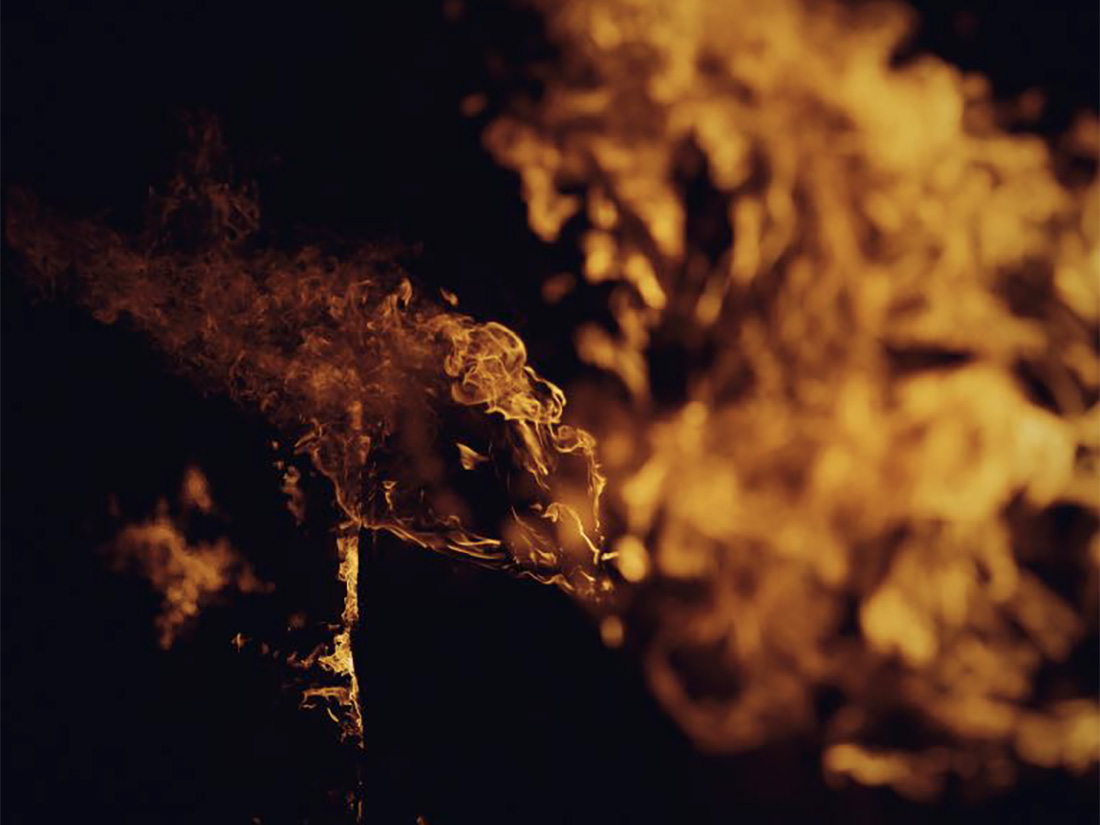
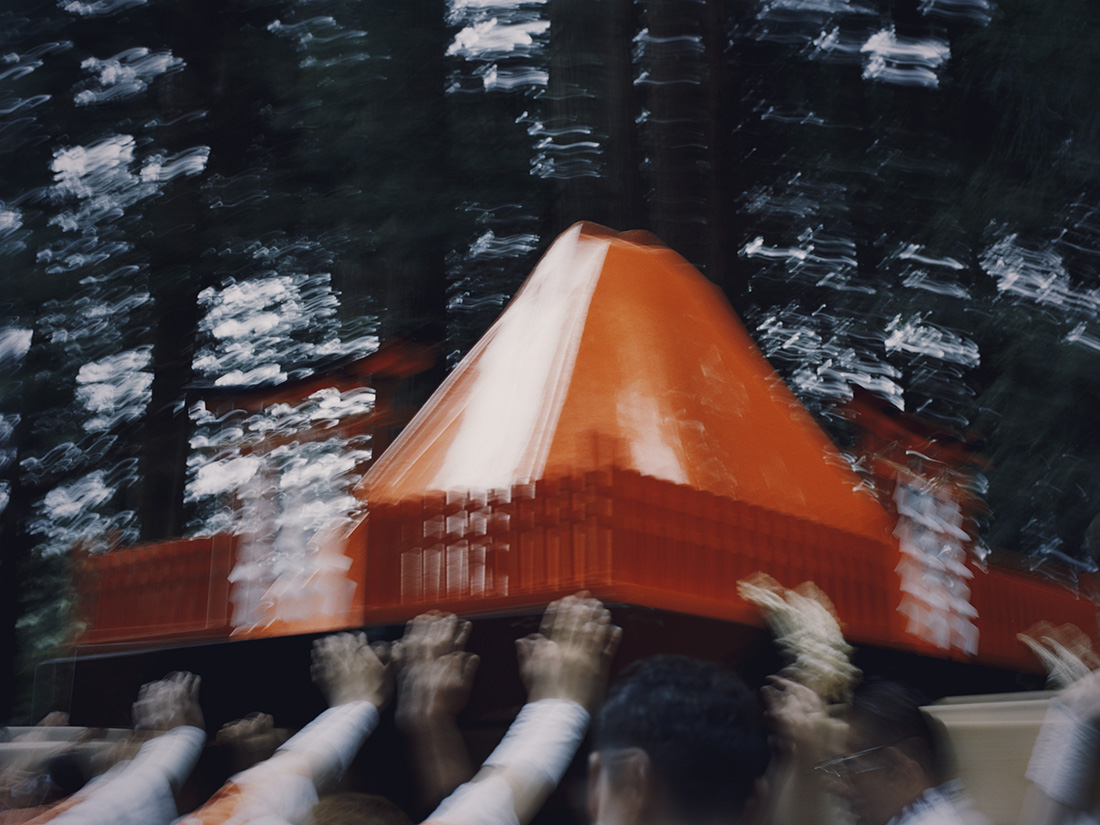
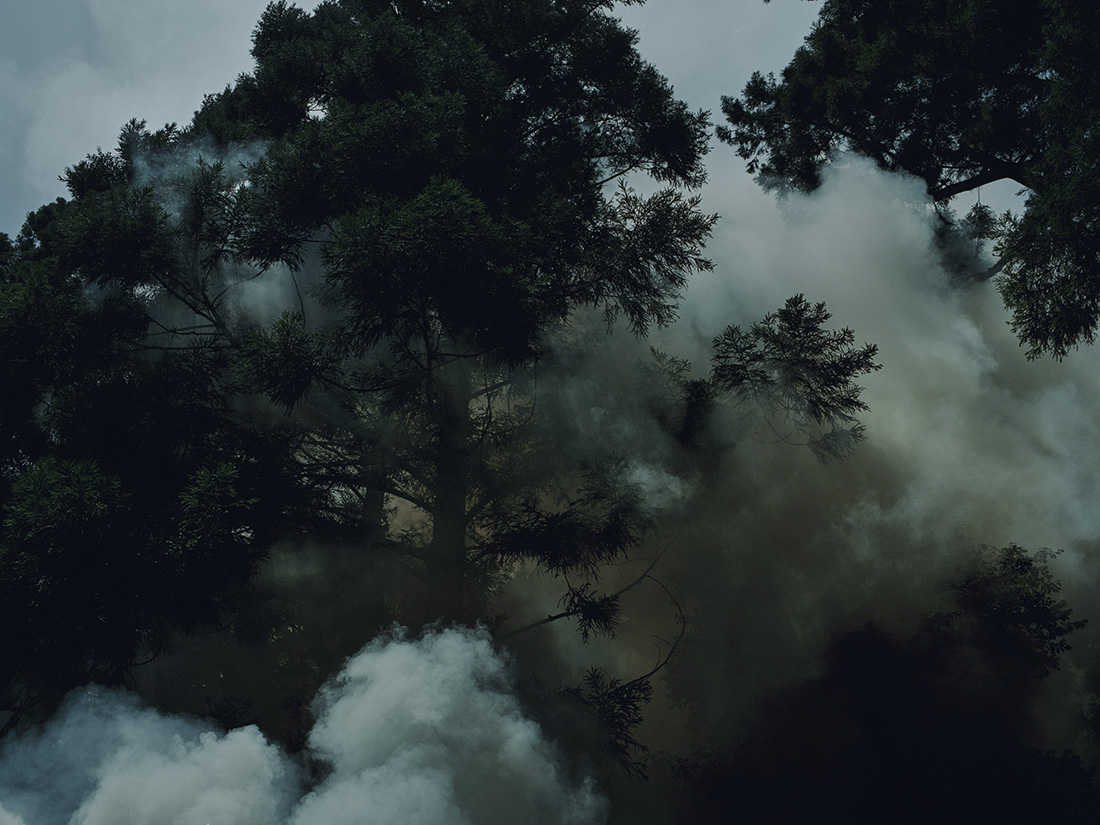
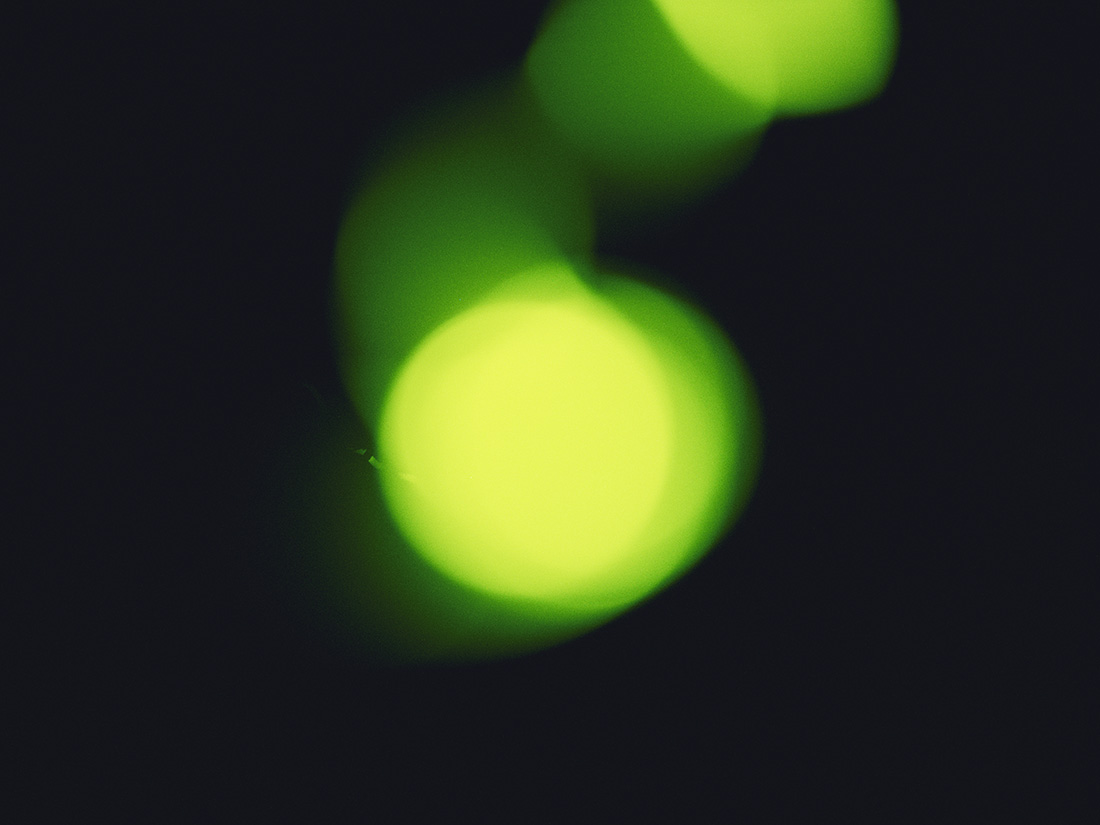

キナバル山
信じている。畑で祈る時は、山にではなく、
それぞれが信じる神様に祈るようになった。山の話をすることも少なくなった」。
そう話しながら、山の主の名前を一人ずつ紙に書いてくれた。
Kirot(キロット)、Boarot(ボアット)、Lumpatod(ルンパトッド)、Lungkihai(ルンキハイ)…。
四人は思い出せる」と。
公文健太郎
Mt. KINABALU
see Mount Kinabalu towering high in the sky. The area around Mount Kinabalu is known
as avegetable-growing region, and the fields, with their carefully-made ridges, stretch out in the valley.
Mr. Sokil, with his deeply-tanned skin and cap pulled down over his eyes,
gazed into the distance with kind eyes as he told me about the mountain.
“According to the teachings of the Dusun people, when a person dies, their soul returns to the mountain lord.
Mount Kinabalu has seven mountain lords, and in the past, once a year,we would perform a ceremony in
which we would offer the mountain seven chickens, seveneggs, seven leaves, seven…
But now things have changed. Everyone believes that the
teachings of Christianity and Islam protect their lives. When they pray in the fields, they
pray to the god they believe in, not to the mountain. They also talk about the mountain less and less.”
As he spoke, he wrote the names of the mountain gods on a piece of paper one by one.
“Kirot, Boarot, Lumpatod, Lungkihai... I can remember four of them.”
Kemtaro KUMON
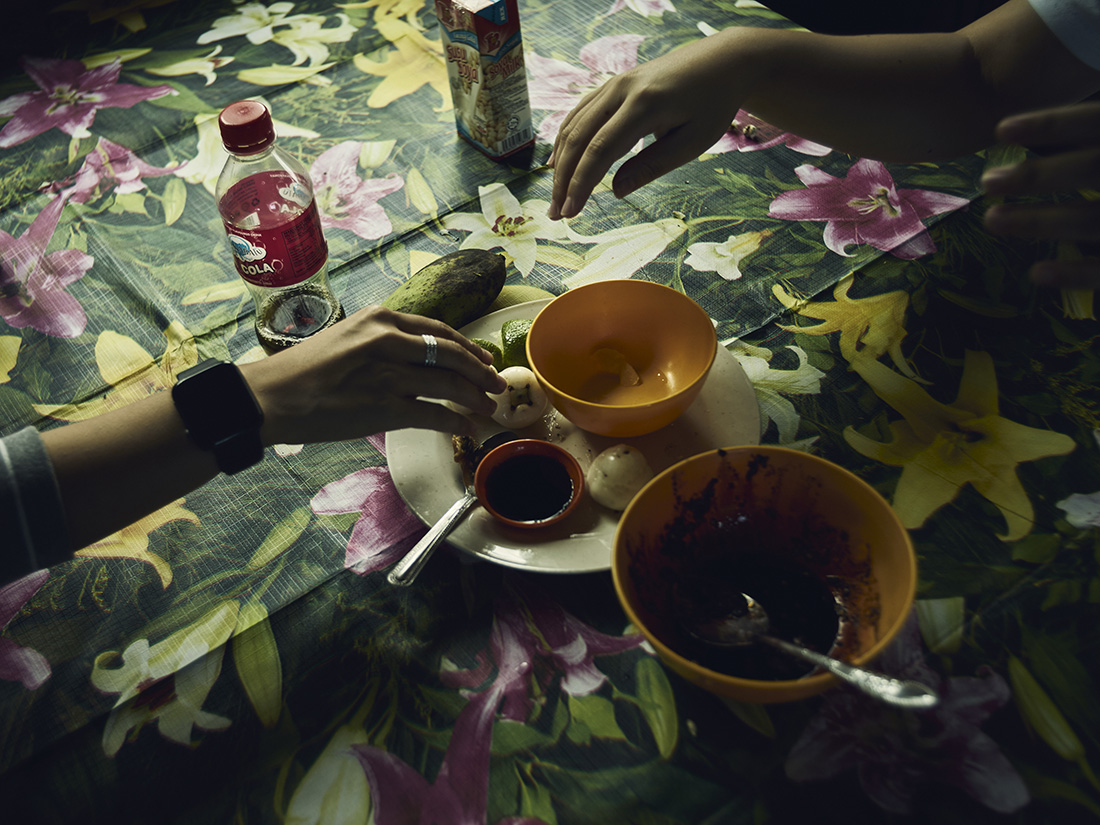
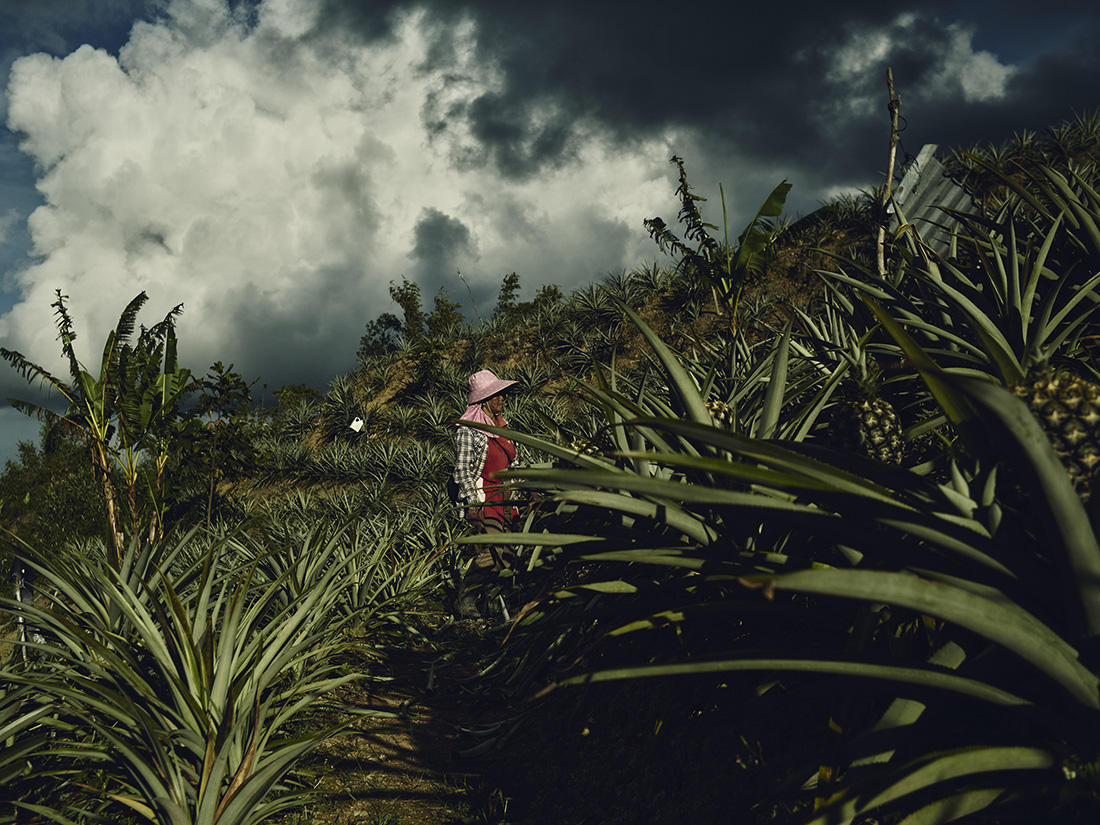





「山とは何か?」
「神が住む山とは?」
二つの山での時間は写真家の心に変化をもたらした。
「目に見えるもの」ではなく「目に見えないもの」へと向かわせる。
富士では火、水、山の持つ循環に呼応し、冷静に風景と向き合っていた公文の視線は
キナバルではハンターのそれへと変わる。
切り込むような視界はより狭く、獲物を狙うかのような視線は鋭さを帯びる。
写真には、写された景色と同時に葛藤する写真家の姿を写し出している。
その動物のような感覚が炙り出したのは、キナバル山を取り囲む森が静かに育んできた信仰の軌跡だった。
自然界を司る神の姿が今も見える富士とその姿を隠したキナバル、
写真家は“神のすみか”をこれからも追い続けるのだろうか?
太田菜穂子 キュレーター
“What is a mountain?”
“What is a mountain where gods reside?”
Time spent on two mountains brought change to the photographer’s heart.
It turned his gaze not toward “the visible,” but toward “the invisible.”
At Fuji, responding to the cycle of fire, water, and mountain, Kumon's gaze calmly engaged with the view. At Kinabalu,
it transformed into that of a hunter.
His vision narrowed, piercing like a knife; his gaze sharpened, as if targeting prey.
The photographs capture not only the depicted scenery but also the photographer's inner struggle.
This animal-like instinct revealed the traces of faith quietly nurtured by the forests surrounding Mount Kinabalu.
Fuji, where the form of the god governing nature remains visible, and Kinabalu, which hides its form—
Will the photographer continue to pursue the “abode of the gods”?
Naoko OHTA Curator

